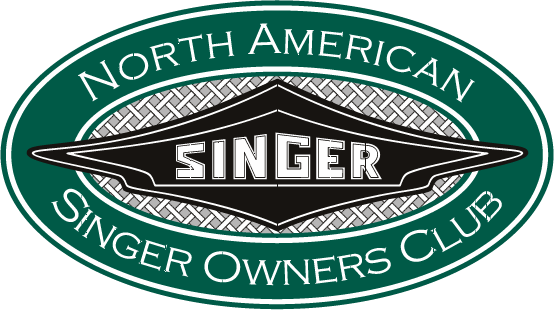Pre-War Singers
Pre-War Singers in Profile
From the late twenties to the mid thirties, the Singer Car Company was a prolific manufacturer of a wide range of automobiles. In fact, by 1928, the company had become the third largest manufacturer of private cars in England, thanks largely to the success of the popular Singer Junior.
What really began to set Singer car apart from the rest of the crowd, however, was their success in the trials and reliability sporting events of the day. During the early thirties, sports cars in many cases were thinly disguised competition vehicles.These were cars that could be driven on the road as normal transport during the week, and with little more preparation than the removal of a spare wheel, could be entered in a sporting competition on the weekend, with a reasonable chance of success.Accordingly, by the early thirties, Singer had introduced a wide variety of sports cars that seemed to cover just about every niche of the market.
Post-War Singers
Post-War Singers in Profile
Unfortunately, a number of events began to conspire against continued success for the company. The first was a series of spectacular crashes between several Singer Nine Replicas at the Ards Tourist Trophy race in 1935. The crash itself, had a serious impact at the retail dealership level and the withdrawal of Singer’s official involvement in competitive events subsequent to the crash merely compounded the effects of a bad situation. While Singer continued to sponsor their cars under the Autosports banner, this did not offer the same public profile as the presence of an official works team.
The second event was World War II, when Singer, as with many other manufacturers, turned over their facilities to war time production efforts. While the factories were busy, the economics weren’t the same as building automobiles for sale to the general public. Coupled with the fact that the Singer car factory was heavily damaged by German bombing raids, this was not a particularly healthy economic time for the company.
After the war, when they returned to automotive manufacturing, Singer effectively re-introduced models based on pre-war design and technology. However, the automotive world in the late forties and fifties was much different than that of the thirties, with the introduction of more advanced technology and design than Singer could provide at the time with their limited resources. Sadly, Singer was never able to regain their pre-war status as a dominant player in the automotive market.
